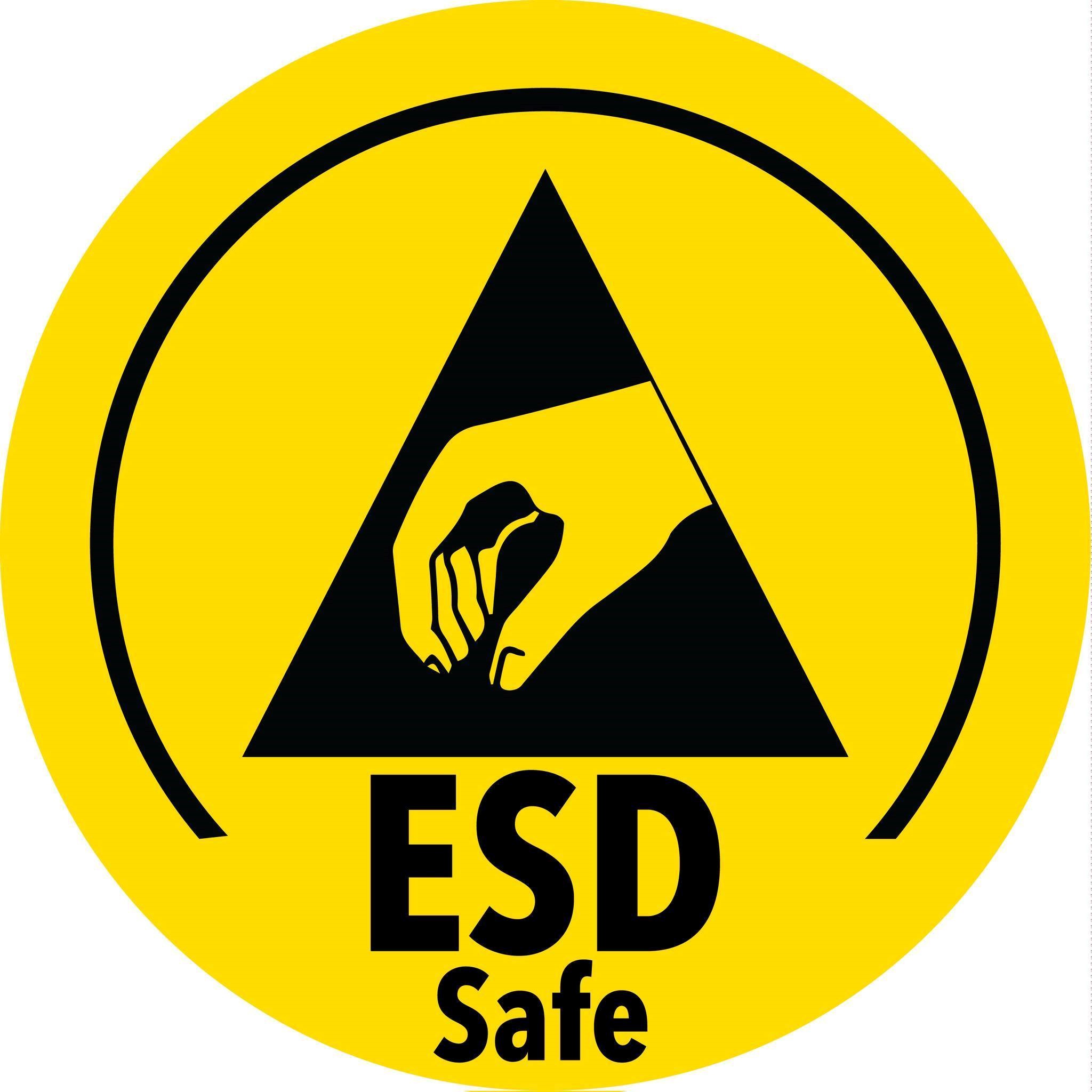
Understanding Electrostatic Discharge: The Invisible Threat
Electrostatic discharge (ESD) represents one of the most insidious threats to modern technology and industrial processes. An invisible phenomenon that can occur in a fraction of a second, ESD has the potential to destroy sensitive electronic components, compromise critical manufacturing processes, and create significant economic losses across multiple industries.
The Science Behind Electrostatic Discharge
At its core, electrostatic discharge is the sudden flow of electricity between two electrically charged objects. This transfer occurs when objects with different electrical potentials come into close proximity or direct contact, resulting in an instantaneous electrical current that can range from a barely perceptible spark to a destructive electrical surge.
Critical Industries Requiring ESD Protection
Semiconductor Manufacturing
The semiconductor industry stands as perhaps the most vulnerable to electrostatic discharge risks. Modern microchips and electronic components are incredibly sensitive, with some components capable of being damaged by static electricity discharges as low as 100 volts—a charge far lower than the static electricity generated by walking across a carpeted floor.
Protecting Semiconductor Environments
Semiconductor fabrication facilities implement comprehensive ESD protection strategies, including:
- Specialized ESD flooring
- Controlled humidity environments
- Comprehensive grounding systems
- Advanced static-dissipative workwear
- Precision ESD shelving and workbenches
Medical Device Production
Medical device manufacturers face unique challenges in managing electrostatic discharge. Precision electronic components used in medical equipment require meticulous protection to ensure reliability and patient safety.
ESD Considerations in Medical Manufacturing
Critical protection measures include:
- ESD-safe workbenches
- Specialized protective clothing
- Controlled workspace environments
- Continuous static monitoring systems
Aerospace and Defence Electronics
The aerospace and defence industries rely on electronic systems where component failure can have catastrophic consequences. Electrostatic discharge protection becomes a matter of national security and human safety.
Advanced ESD Protection Strategies
Aerospace manufacturers utilize:
- Specialized ESD shelving systems
- Comprehensive grounding protocols
- Advanced static control materials
- Rigorous testing and certification processes
Research and Development Laboratories
Scientific research facilities dealing with sensitive electronic equipment, quantum computing components, and precision instrumentation require exceptional electrostatic discharge management.
Laboratory ESD Control Methods
Key protection strategies include:
- Static-dissipative workbenches
- Controlled environmental conditions
- Specialized ESD-safe clothing
- Continuous monitoring and testing protocols
ESD Protection Equipment and Solutions
ESD Shelving Systems
Eclipse Chrome Wire ESD Shelving represents a pinnacle of static-safe storage solutions. These specialized shelving units are engineered to:
- Prevent static electricity accumulation
- Provide secure storage for sensitive components
- Offer robust protection in critical environments
- Facilitate easy organization and access
ESD Workbenches
Eclipse Chrome ESD Workbenches are designed as comprehensive static control workstations. Their features include:
- Static-dissipative work surfaces
- Integrated grounding systems
- Robust construction for industrial environments
- Adaptable configurations for various applications
ESD Protective Workwear
Portwest ESD Clothing provides an additional layer of static protection for personnel working in sensitive environments. These specialized garments:
- Prevent static electricity generation
- Provide comprehensive body coverage
- Meet rigorous industry standards
- Offer comfort and protection simultaneously
Implementing Comprehensive ESD Protection Strategies
Risk Assessment and Management
Effective ESD protection begins with a thorough risk assessment:
- Identify sensitive electronic components
- Evaluate potential static electricity sources
- Develop targeted protection strategies
- Implement continuous monitoring systems
- Train personnel in static control protocols
Environmental Control Techniques
Managing the environment plays a crucial role in electrostatic discharge prevention:
- Maintain optimal humidity levels
- Use static-dissipative flooring
- Implement comprehensive grounding systems
- Control air filtration and circulation
About Hall-Fast: Your ESD Protection Partner
Hall-Fast stands at the forefront of providing comprehensive industrial and commercial equipment solutions. Our carefully curated selection of ESD protection equipment ensures that professionals across various industries have access to the most advanced static control technologies.
Expert Support and Consultation
Our team of industrial equipment specialists is ready to provide personalized guidance. Contact Hall-Fast to discuss your specific ESD protection requirements and discover tailored solutions for your workplace.
Explore Our Complete Range
Discover additional solutions by exploring our full range of brands and finding the perfect ESD protection equipment for your specific needs.
Conclusion: The Critical Importance of ESD Protection
Electrostatic discharge protection is not merely a technical consideration—it is a fundamental requirement for maintaining the integrity of sensitive electronic systems across multiple industries. By understanding the risks, implementing comprehensive protection strategies, and utilizing advanced ESD control equipment, organizations can safeguard their most valuable technological assets.
Invest in protection. Invest in precision. Invest in comprehensive ESD management.












